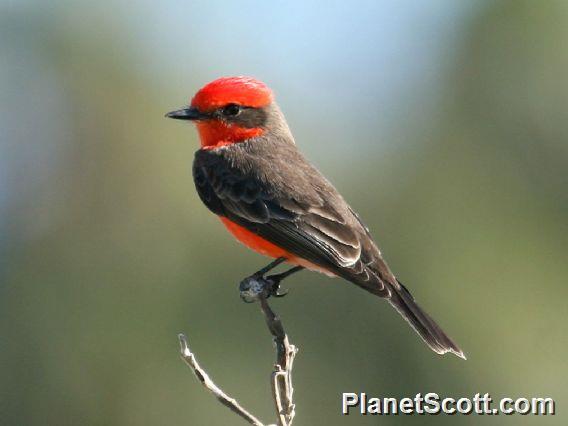Vermilion Flycatcher (Pyrocephalus rubinus)

Vermilion Flycatcher (Pyrocephalus rubinus)

Vermilion Flycatcher (Pyrocephalus rubinus)

Vermilion Flycatcher (Pyrocephalus rubinus)



×




Vermilion Flycatcher (Pyrocephalus rubinus)

Vermilion Flycatcher (Pyrocephalus rubinus)

Vermilion Flycatcher (Pyrocephalus rubinus)
About Vermilion Flycatcher (Pyrocephalus rubinus)
- Kingdom: Animals
- Phylum: Chordates
- Class: Birds
- Order: Perching Birds
- Family: Tyrant Flycatchers
The scarlet flycatcher or austral vermilion flycatcher is a passerine bird in the family Tyrannidae, the tyrant flycatchers. It is found in Argentina, Bolivia, Brazil, Colombia, Ecuador, Paraguay, Peru, and Uruguay.
Source: Wikipedia
Trips
Visits
-
-
-
2008-01-04
Yelapa, Mexico -
2008-01-08
Singayta, Mexico -
2008-02-25
San Jose del Cabo - Estuary, Mexico -
2009-01-20
Crooked Tree, Belize -
2010-02-14
Teotihuacan, Mexico -
2010-02-20
Temescaltepec, Mexico -
2011-07-15
Pantanal, Brazil -
2014-05-11
San Pedro RNCA--San Pedro House, United States of America -
-
-
-
-
-
-
-
-
-
-
-
-
-
2024-10-14
Camarones to Perija Road, Colombia -






